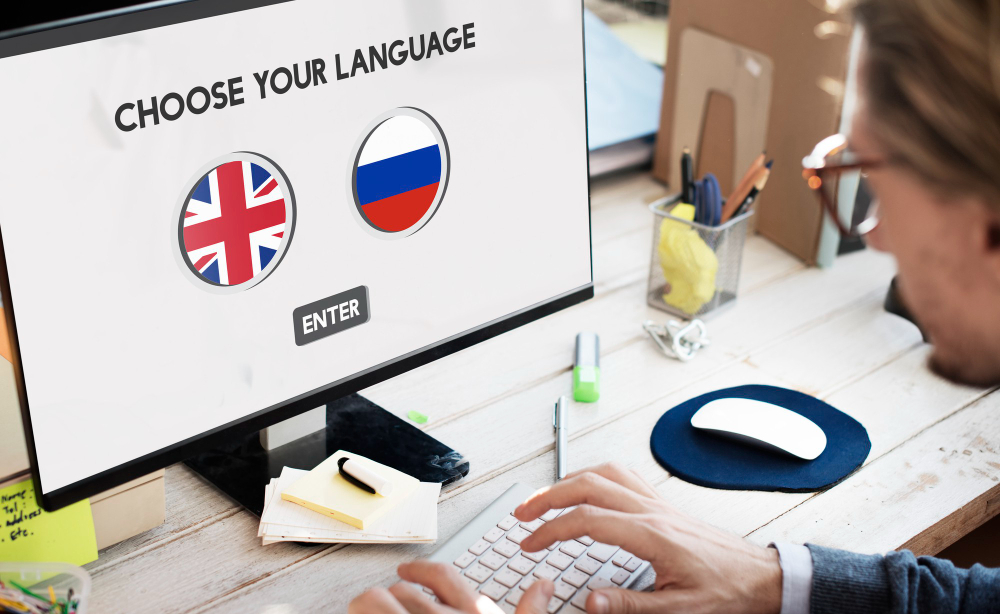Why human verification is crucial in AI-powered transcription
Jun 30, 2025, Nishi SinghImagine this scenario. A law firm receives a recording of an urgent deposition. It needs to be transcribed within the hour. They turn to AI transcription, trusting it to untangle a heated dialogue thick with legal jargon and complex arguments. The AI tool they use, does its best, but the results are riddled with errors. Was it the overlapping voices? The heavy accents? Or maybe the terms were too legalese-specific for the tool? Whatever the reason, the firm's tight deadline is now spent fixing critical mistakes.
This is where human verification steps in... not as a redundancy, but as a safeguard against costly missteps. While AI transcription has made transforming audio to text faster and more accessible, relying solely on it without a human safety-net can have serious consequences. Down to every word, every timestamp, the question isn’t whether AI transcription works. It does. But - who’s catching its inevitable slips?
Exactly how challenged is AI transcription?
AI transcription tools today are undeniably impressive. From free platforms offering basic services to advanced systems tackling AI video transcription, they’ve revolutionized how many of us handle text conversion. Whether you need to transcribe audio to text for podcasts or boardroom discussions, AI is a handy solution.
But here’s the catch. AI, no matter how advanced, works through algorithms and training data. It reproduces patterns it has already identified. Which means, nuanced conversations and niche terminologies are likely to get missed or misinterpreted altogether. For instance:
Accents and Dialects
AI struggles to decipher regional accents or less common dialects. Someone from the Bronx may sound completely unlike someone from Birmingham; and it’s usually human ears that make sense of such nuances.Overlapping dialogue
Group discussions or debates often feature multiple people speaking over each other. AI systems find it tough to transcribing that chaos (who said what and when?) accurately.Industry-specific lingo
From “fiduciary” in Finance to “glycocalyx” in Healthcare, AI models may stumble unless they’ve been meticulously trained in industry-specific vocabularies.
These challenges highlight why blending technology with human expertise isn’t just a nice-to-have; it’s necessary.
Why human verification can’t be replaced
AI systems thrive on Speed. Press a button, upload an audio file and get a transcript in minutes. On the other hand, human verifiers bring Depth.
Context and Meaning
AI doesn’t “understand” language as much as it predicts patterns. Humans, on the other hand, interpret sentiment, sarcasm and even subtext. If sarcasm in a board meeting is misconstrued on paper, it can seriously derail its intended meaning.Error Correction
A mistranscribed word might go unnoticed until it causes confusion. Imagine the word “principle” being mistaken for “principal” in a legal document. Humans excel at spotting these subtle, yet impactful errors.Customization
Legal teams, medical practitioners or entertainment producers often need transcripts that adhere to specific formatting styles or have in-depth annotations. AI doesn’t always get that right. Instead, a person can adapt to such domain-specific requirements.
The consequences of transcription errors are real, not hypothetical. Take the example of a company using AI audio transcription for a celebrity interview. The interview is to be used in an ad campaign. AI misinterprets a sarcastic phrase, changing the tone to suggest disrespect. Human review catches it just before the ad is aired; thus avoiding public backlash. Or, consider a courtroom scenario. Lawyers depend on transcripts to build airtight cases. Poorly transcribed depositions could jeopardize months of research. Adding the human element ensures these crucial documents are error-free.
So, are we moving toward a 100% AI era??
Not yet. While AI transcription capabilities are growing, even the best tools still have blind spots. The belief that AI alone can handle transcription, overlooks the complexity and spontaneity of human conversation. Despite advancements, significant investments are required for AI to fully process emotion, context and specialized nuances. Until that day arrives, human verification bridges the gap. The most effective Human-AI collaboration workflow combines both machine strength and human skills:
AI Transcription as the Base
AI captures the bulk of the text with its extraordinary speed. It structures dialogue, labels timestamps, and reduces the manual work involved.Human review and refinement
Professionals step in to edit, refine and infuse clarity where required. Whether it’s weeding out errors or formatting an AI-transcribed audio-to-text output into a polished product, this collaboration ensures the result is flawless.
At myTranscriptionPlace, we’ve embraced the strength of AI transcription while fully acknowledging its limitations. That’s why we prioritize human verification on every project we undertake, no matter how advanced our AI tools are. With proven expertise in over 400 languages, our team ensures no detail goes unchecked, no accent is misheard and no nuance is overlooked.
Whether it’s transforming critical legal recordings, producing AI video transcription or tackling challenging industry lingo, we deliver transcripts that strike a perfect balance between speed and perfection. Because sometimes, ensuring excellence isn’t just about letting machines work harder. It’s about letting humans verify smarter.
For every word that matters, myTranscriptionPlace keeps the conversation crystal clear, accurate, and secure. Rest assured, when humans and AI collaborate, your words are always in trusted hands.






